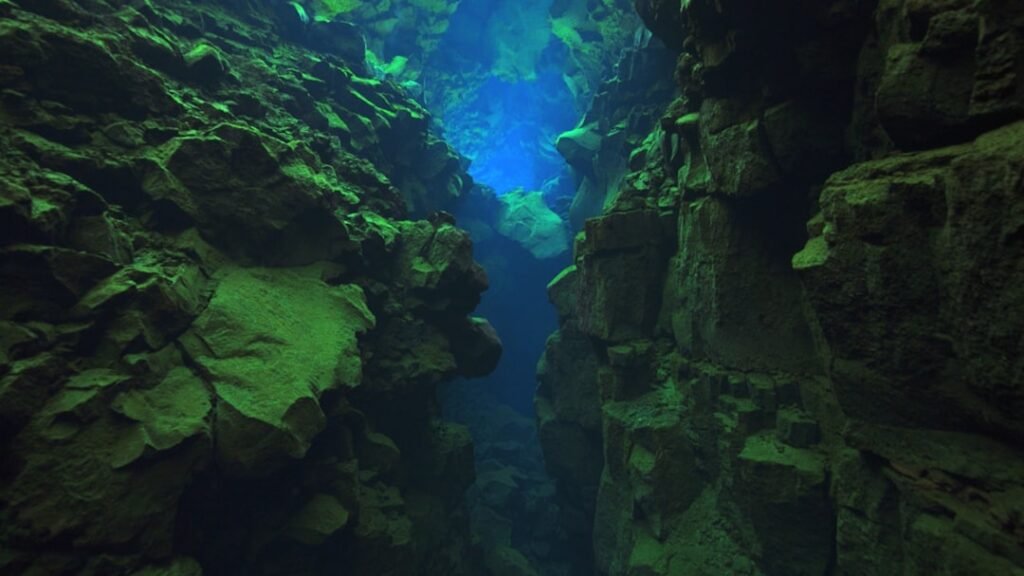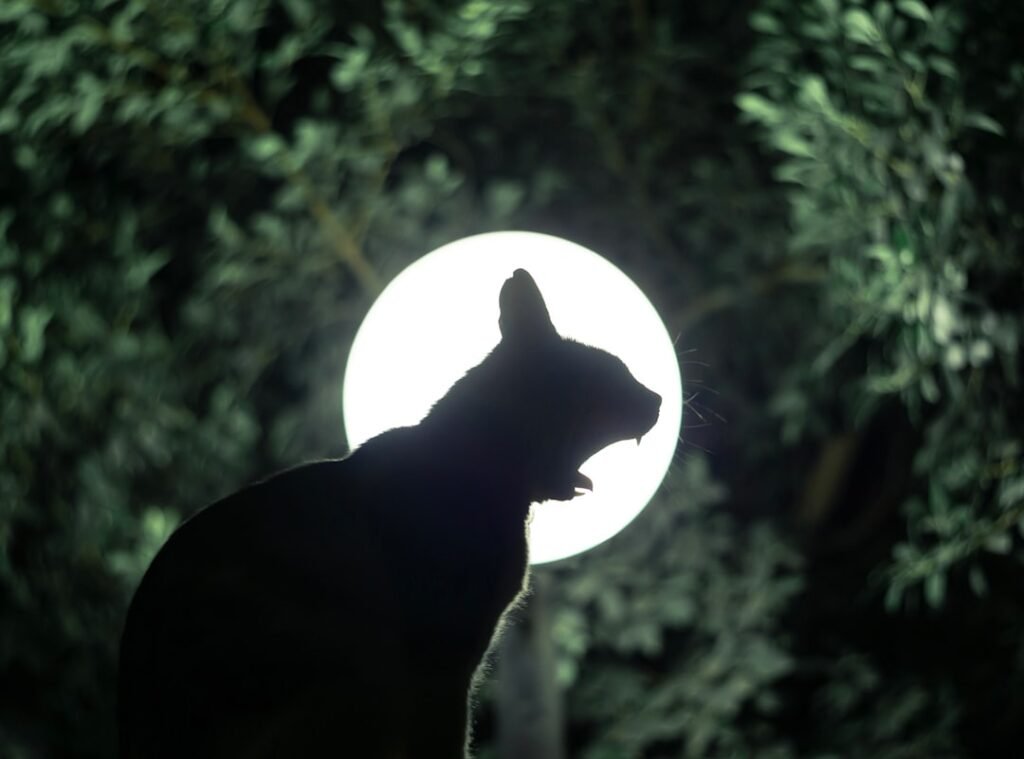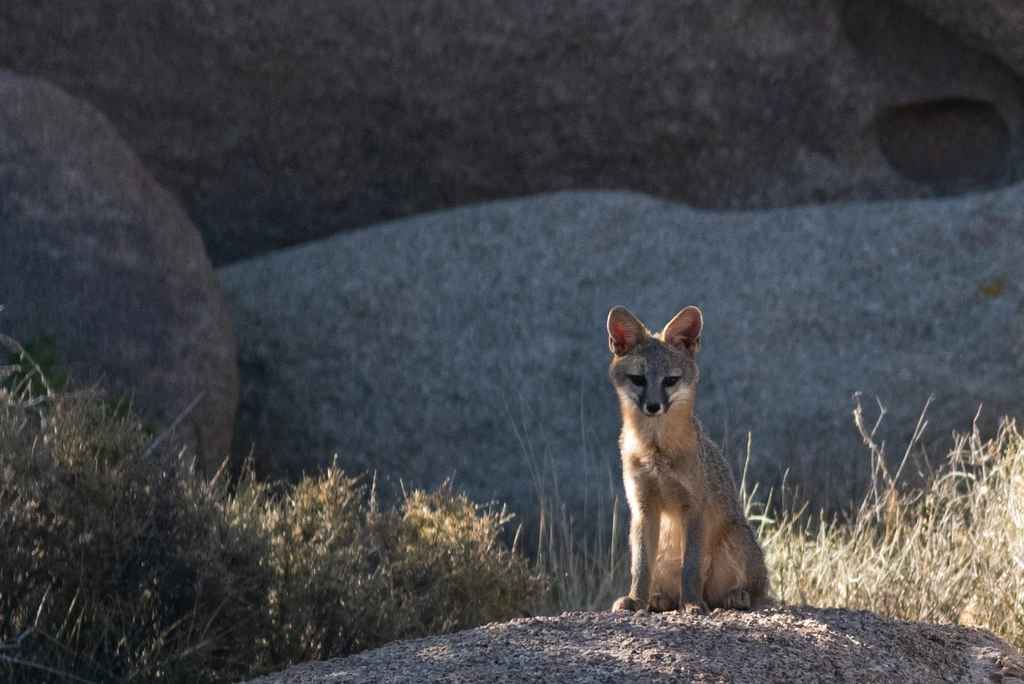The Future of Preventing Zoonotic Disease Outbreaks in the Face of Global Health Uncertainty
The COVID-19 pandemic was a wake-up call. It showed us just how vulnerable we are to diseases that jump from animals to humans, known as zoonotic diseases. As the world becomes more interconnected, the risk of these diseases spreading is higher than ever before. From SARS to Ebola and COVID-19, zoonotic diseases have left a ...













